And even if the valve works pressure would be captured and an explosion might occur. It should end outside the house at 6 to 24 inches above the ground.
Discover what a pressure relief valve does and how to.
How to adjust hot water heater pressure relief valve.
Wait until the heater has just finished running.
Close the cold water cut off valve going into the water heater.
First turn off the gas to the water heater or flip the breaker if its electric.
Open the valve at the bottom and the pressure relief valve for a minute to drain a little.
Actual video details of how to repair a water pressure reducing valve.
The importance of installing the correct temperature and pressure relief valve on a water heater or hot water storage tank cannot be overemphasized.
Open a water faucet to test the pressure.
The importance of installing a valve with the correct pressure rating is common knowledge to many but it also is crucial to install a valve with the appropriate relieving capacity.
How to fix a water heaters leaking pressure relief valve.
Open the nearest hot water tap and let it run for a minute of two.
This valve is what allow excess pressure in the system to be removed allowing for safe operation and continued usage.
This valve is very important in regards to the safety of your water heater.
Use the thermometer to measure the water temperature.
Position the jaws of the wrench over the top nut of the adjustment screw.
Change the water pressure in your home by adjusting the water pressure reducing valve to recommended house water pressure.
Includes no flow conditions and overpressure conditions.
If the drainpipe moves uphill and then downhill water could get trapped against the outlet of the valve and corrode it shut.
Wilkins zurn or watts valves have very similar diy repair procedures.
If the drain line had a trap or a low spot water could freeze.
This is a troubleshoot of the fb 38 bell and gossett pressure reducing valve.
This applies to new vessels as well as relief valve replacements.
Make the adjustment one or two full revolutions at a time.
Turn the screw in a clockwise direction to increase the water pressure and a counterclockwise direction to decrease water pressure.
This video is part of the heating and cooling series of.


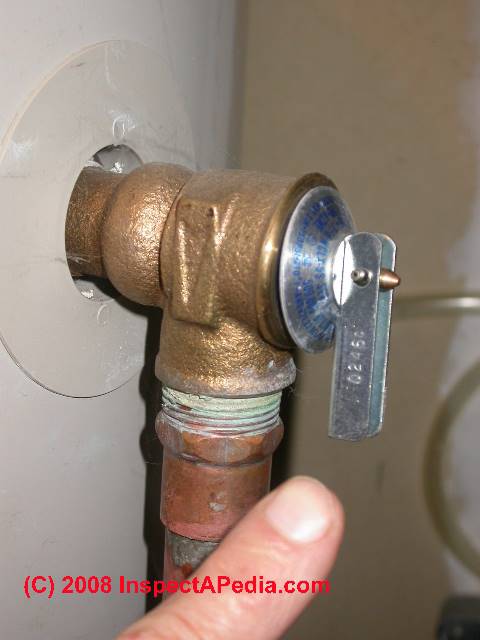




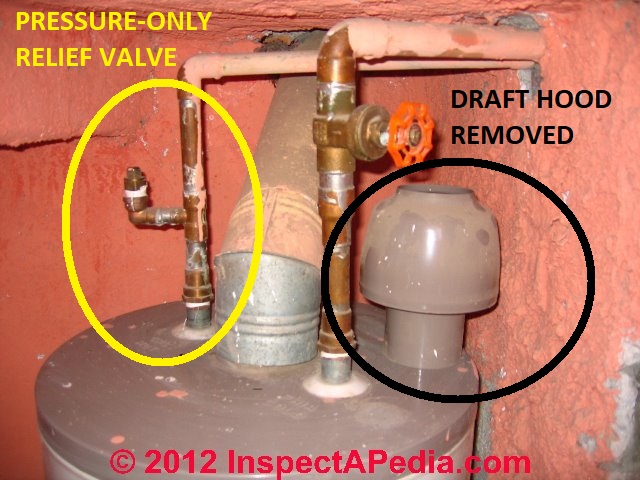


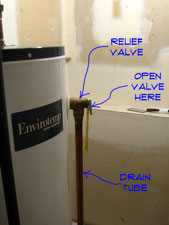
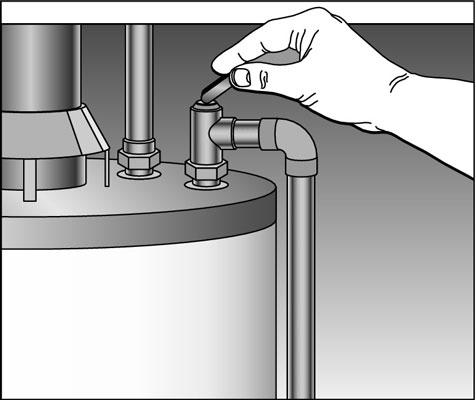
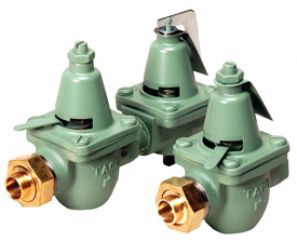
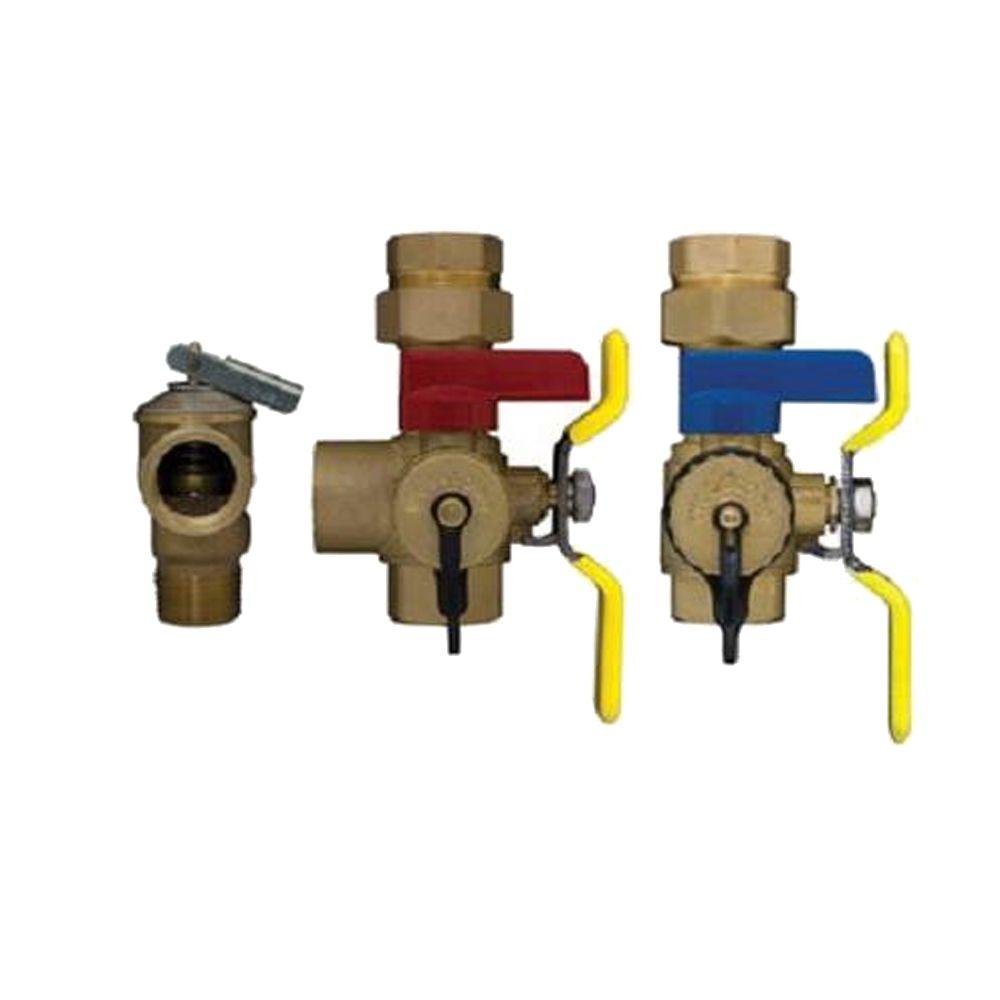
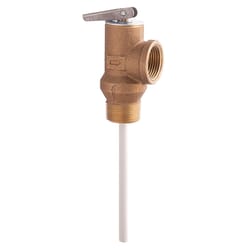
:max_bytes(150000):strip_icc()/pressure-relief-valve-5810db073df78c2c73f1f470.jpeg)
No comments:
Post a Comment